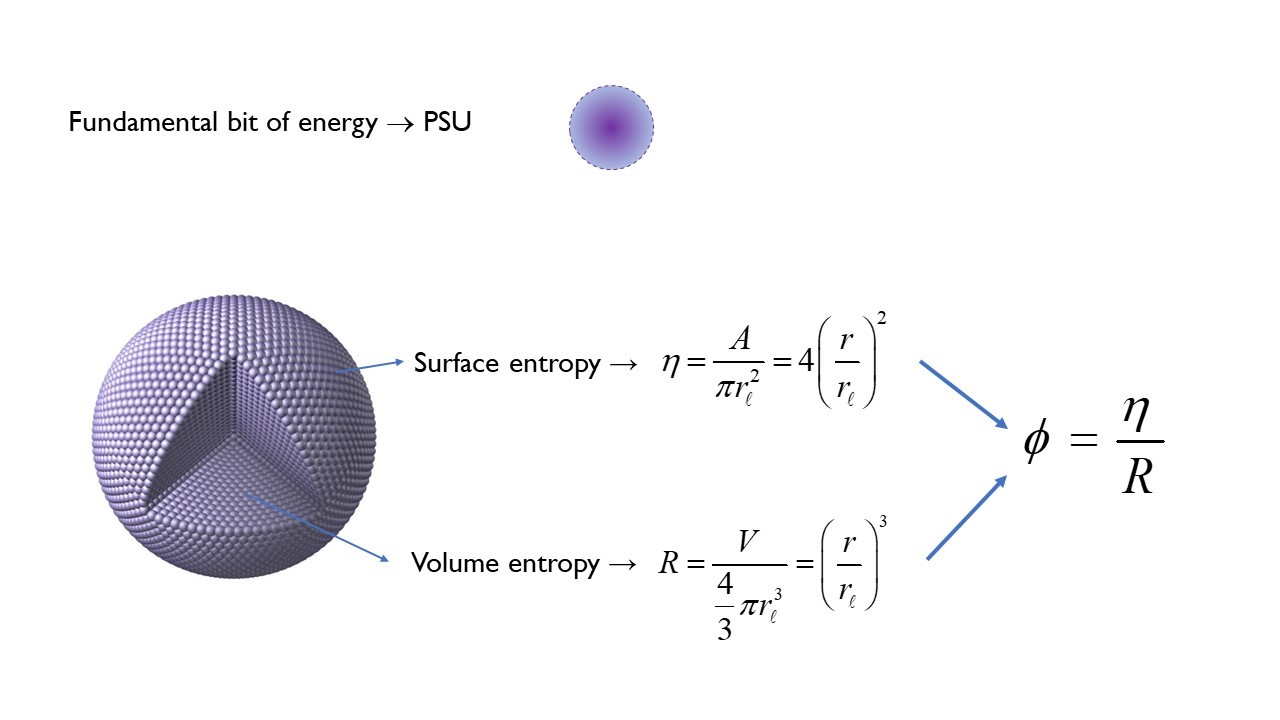scienceblogs.com/amira-val-baker/2019-07-25/what-electron-151423
Preview meta tags from the scienceblogs.com website.
Linked Hostnames
9- 20 links toscienceblogs.com
- 5 links towww.science20.com
- 1 link toapp.termly.io
- 1 link tophysicsessays.org
- 1 link tosmile.amazon.com
- 1 link totwitter.com
- 1 link towww.facebook.com
- 1 link towww.linkedin.com
Thumbnail

General Meta Tags
7- titleWhat is an electron? | ScienceBlogs
- charsetutf-8
- descriptionAs surprising as it may sound, no one really knows what an electron is, and it is this fundamental question that has been the driving force for much of modern physics and eventually led to the development of quantum field theory. To answer the question “What is an electron?”, you would think the first step would be to observe it. However, that is easier said than done. Electrons are simply too small for us to observe - the smallest thing we can observe is an atom and even that is not observed with a traditional microscope.
- GeneratorDrupal 8 (https://www.drupal.org)
- MobileOptimizedwidth
Open Graph Meta Tags
2- og:descriptionAs surprising as it may sound, no one really knows what an electron is, and it is this fundamental question that has been the driving force for much of modern physics and eventually led to the development of quantum field theory. To answer the question “What is an electron?”, you would think the first step would be to observe it. However, that is easier said than done. Electrons are simply too small for us to observe - the smallest thing we can observe is an atom and even that is not observed with a traditional microscope.
- og:imagehttps://scienceblogs.com/files/blogs/PSU.jpg
Twitter Meta Tags
4- twitter:descriptionAs surprising as it may sound, no one really knows what an electron is, and it is this fundamental question that has been the driving force for much of modern physics and eventually led to the development of quantum field theory. To answer the question “What is an electron?”, you would think the first step would be to observe it. However, that is easier said than done. Electrons are simply too small for us to observe - the smallest thing we can observe is an atom and even that is not observed with a traditional microscope.
- twitter:site@ScienceBlogs
- twitter:creator@ScienceBlogs
- twitter:imagehttps://scienceblogs.com/files/blogs/PSU.jpg
Link Tags
8- canonicalhttps://scienceblogs.com/amira-val-baker/2019-07-25/what-electron-151423
- image_srchttps://scienceblogs.com/files/blogs/PSU.jpg
- revisionhttps://scienceblogs.com/amira-val-baker/2019-07-25/what-electron-151423
- shortcut icon/files/favicon.ico
- stylesheet/files/css/css_kEeSMlgCCPOYcVpMd0psb6CsJbT7W_BTRmbdmyyf03s.css
Emails
1- ?subject=What%20is%20an%20electron%3F%20&body=https%3A%2F%2Fscienceblogs.com%2Famira-val-baker%2F2019-07-25%2Fwhat-electron-151423
Links
32- https://app.termly.io/document/privacy-policy/d1e1389e-35d5-47a3-9bc9-ad72ad3f6cb6
- https://physicsessays.org/browse-journal-2/product/1726-14-a-k-f-val-baker-n-haramein-and-o-alirol-the-electron-and-the-holographic-mass-solution.html
- https://scienceblogs.com
- https://scienceblogs.com/amira-val-baker/2019-07-25/what-electron-151423
- https://scienceblogs.com/author/amira-val-baker